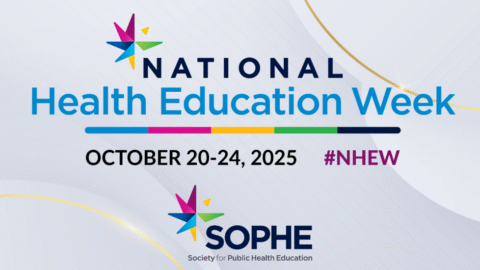Washington, D.C. – May 28, 2021 – On May 28, Pres. Biden released a proposed budget of $6 trillion for FY 2022 (fact sheet found here). The budget includes $2.3 trillion to fund the American Jobs Plan, $1.8 trillion for the American Families Plan and $1.5 trillion in discretionary spending.
The proposed budget includes $2.3 trillion to fund the American Jobs Plan, $1.8 trillion for the American Families Plan and $1.5 trillion in discretionary spending. In a follow up briefing with the CDC Coalition, CDC Director Dr. Rochelle Walensky, noted that the proposed CDC budget of $9.6 billion, which is an increase of $1.7 billion over FY21, is the largest CDC increase in two decades.
She noted proposed funding increases in 26 areas, including CDC’s FY 22 priorities: investing in world-class data and analytics, state-of the-art laboratories, the public health workforce, rapid outbreak response, domestic preparedness and global health protection. Dr. Walensky emphasized that all of these funding streams would assist in the overarching goal of eliminating health disparities and achieving health equity.
The CDC budget request includes major increases across a variety of public health priorities including:
- $400 million increase to support the Public Health Infrastructure and Capacity to sustain funding that can prepare and prevent another crisis. This funding will rebuild the public health infrastructure and enhance capabilities to support local, state, territorial, and tribal partners.
- $150 million increase to support social determinants of health. The funding increase will expand activities to address social determinants of health in states and territories, support culturally tailored interventions, and support data and communication to address health disparities.
- $237.8 million increase for Opioid Overdose Prevention and Surveillance programs to increase surveillance capabilities, invest in prevention efforts, and expand reach of services to communities heavily impacted by the overdose crisis.
- $100 million increase for Public Health Data Modernization to connect common data hubs and portals, develop new standards-based approaches, harness the power of analytics, and support workforce developments.
- $12.5 million increase to support Firearm Injury and Mortality Prevention Research.
- $100 million increase to expand the Climate and Health program to all 50 states and territories to identify potential health effects associated with climate change and implement adaptation plans.
- $50 million increase to strengthen the Public Health Workforce through expanded training, and improving the pipeline and diversity of the public health workforce.
Other increases are also proposed for maternal/child health, child lead poisoning prevention and detection, and HIV/AIDS. However, it was also noted that CDC’s chronic disease prevention programs are proposed for level funding, which is disappointing given the significant impact of COVID-19 on persons with chronic conditions, especially under-served populations.
The Society for Public Health Education will work to educate Congress during the upcoming 23rd Advocacy Summit and other avenues on the importance of investing in critical public health programs at CDC as well as the Health Resources and Services Administration, Agency for Healthcare Research and Quality, and other related HHS agencies.

